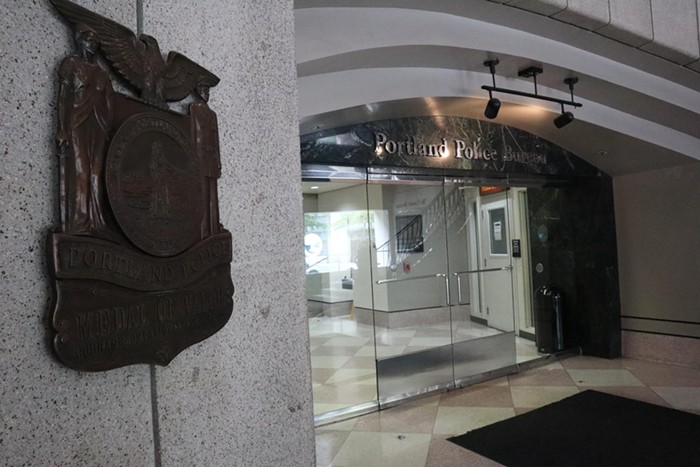IF YOU'VE BEEN paying attention to the global fashion industry at all recently, I'm sure you've noticed the gender expression revolution that's taking place on the runways and in stores. For the past few seasons, a growing crop of emerging designers like Hood by Air's Shayne Oliver and the collective of creatives at Vetements have been sending completely gender-neutral collections down the runways. Meanwhile, storied luxury houses like Louis Vuitton and Gucci have begun experimenting with traditional gender roles in their own ways. The former cast Jaden Smith as the face of its latest womenswear ad campaign, and the latter's men's 2016 collection drew heavily from traditional womenswear—with lacy blouses, floral brocades, and even a few skirts.
But what does this all mean for the future of menswear? Androgyny is far from a new concept in fashion, but most of the real boundary-pushing has traditionally been confined to womenswear—men have been thought to be less willing to experiment. But now more and more designers are acknowledging the broad range of consumers—including men—whose gender expression doesn't always fit conventional norms. Is this newfound awareness of gender diversity just a passing fad? Or could it signify a major shift in the way we approach gender in fashion that will have lasting influence on all of us?
Of course, if we're being honest, we have to acknowledge that the fashion industry has a pretty long track record of fetishizing marginalized communities in the quest to cash in on the next hot trend. Now, an increasing number of designers are talking about gender fluidity and nonconformity, and even casting transgender models like Hari Nef and Andreja Peji in their shows. These may be great signs of progress, but we can only hope it won't all be discarded in a couple of seasons, replaced with next shiny new thing. And of course there's a big difference between trying out gender-neutrality as a fashion statement and actually being a trans or gender-nonconforming person.
When it comes to menswear, however, this may mark the beginning of a more deeply rooted loosening of boundaries. Locally, many retailers have long taken a relaxed stance on gender. Wildfang emerged in 2012 to fill a niche for women who love menswear, and of course there's no shortage of men's stores that welcome customers of any gender.
For example, Machus owner Justin Machus says this of his store: "I think there's some room for making the clothes work for whomever you are. We have a wide range of amazing customers, including my wife [Juline Machus]." Machus adds, "I don't generally say we are targeting. I let our customers get creative and if it leads them to my store, all the better."
Seneca Torres, head retail buyer for Tanner Goods and the Woodlands, notes, "The last two seasons we've seen an increase in women shopping for themselves in our stores, which we love to see." She adds, "We've used it as an opportunity to better cater to all customers by bringing in more daring products that we might not have otherwise. Items like mohair throw blankets, German cashmere knit caps, silk scarves, or Italian pique tees."
So, as more women gravitate toward traditional masculinity and more men become comfortable experimenting with fashion, is the whole concept of menswear becoming obsolete? Should it? It's hard to imagine womenswear going away any time soon, but is there really a need to designate any clothing as "just for guys" anymore? Or is it time to start looking toward the future—one in which nothing is black and white, there are no rules, and we can all wear whatever the fuck we want without getting hung up on labels?












